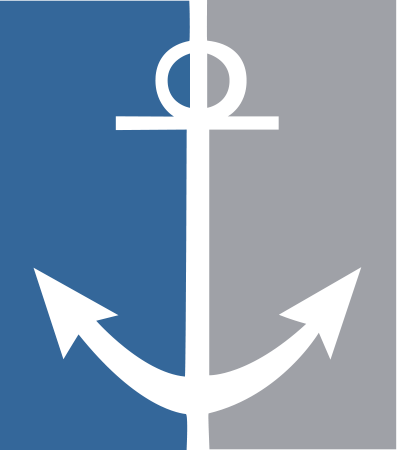Commercial shipping serves more than 100 individual ports in the eight Great Lakes states and the provinces of Ontario and Quebec.
These ports range in size and configuration. Simple ports feature a single dock where ships tie-up to load or unload cargo for a single facility. Other ports are complex with multiple docks serving a variety of industries. In each case, a port serves as an interface between land-based modes of transportation (highway and rail) and waterborne transportation.
Port Organization
Private Ports
Throughout the Great Lakes Seaway region, many ports have been constructed and are owned by a single company. At these locations, the facility serves only the host industry and no others. For example, a number of large mining companies, power plants, and steel mills have constructed their own port facilities.
Public Ports
At larger ports it is typical that local government has established a public port agency to manage and develop port facilities with the goal of stimulating marine-related economic development and trade. These public port authorities do not exist to serve a single industry, but rather, to facilitate commerce on behalf of businesses throughout the community.
In the Great Lakes-Seaway region, public port agencies are governed according to several models. Some are divisions of municipal government, others are a division of county government, yet others are a division of state or provincial government. On the U.S. side of the Great Lakes, most port agencies were created by state statute and are governed by a board appointed by local and state officials. In Canada, smaller ports are under local government control, while larger ports are designated “Canada Port Authorities” by the federal government. These federally designated port agencies are governed by a seven person board, appointed by local and federal officials.
Public/Private Ports
Most major Great Lakes-Seaway ports typically feature of a mix of publicly controlled and privately controlled facilities.

